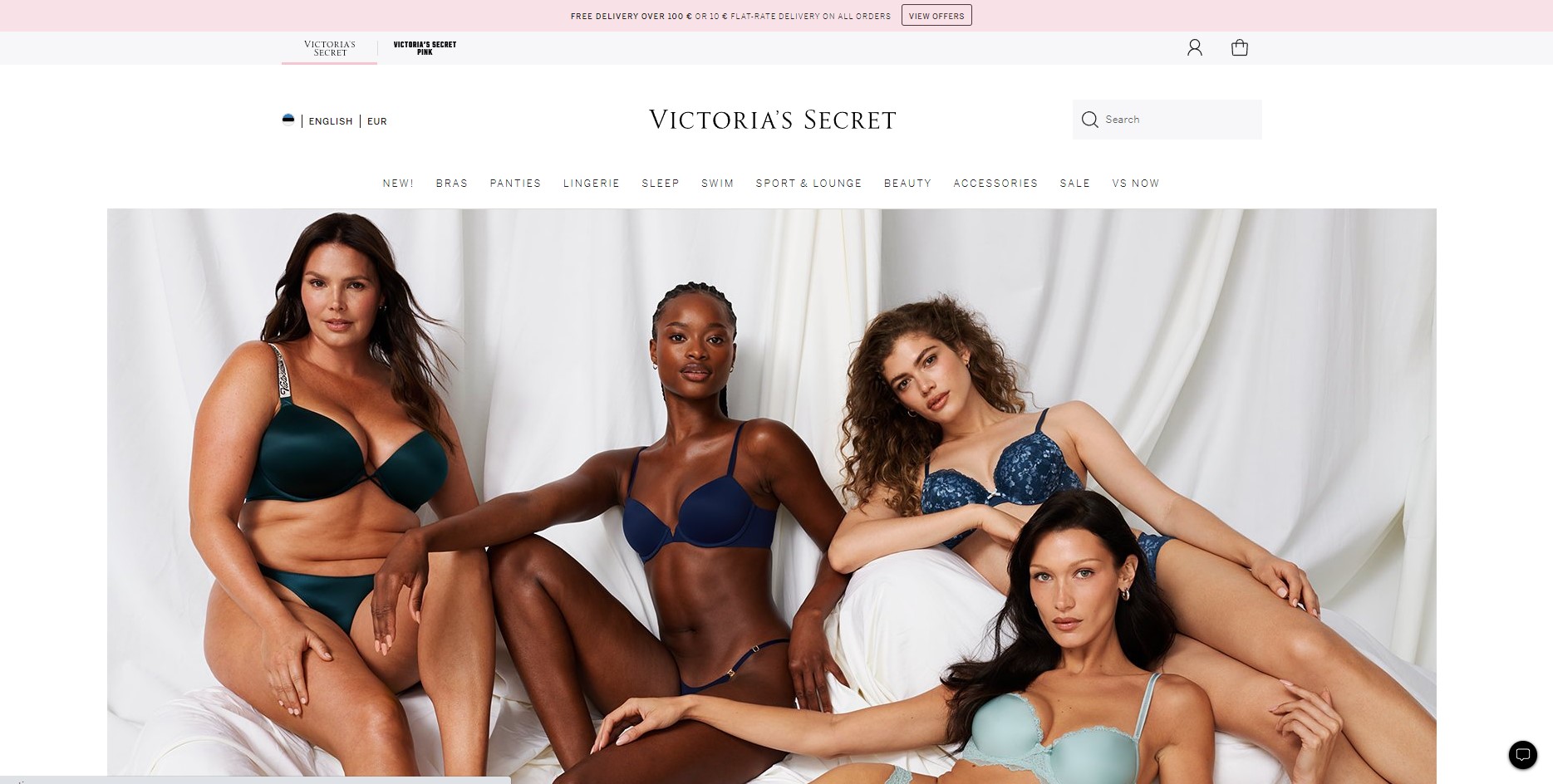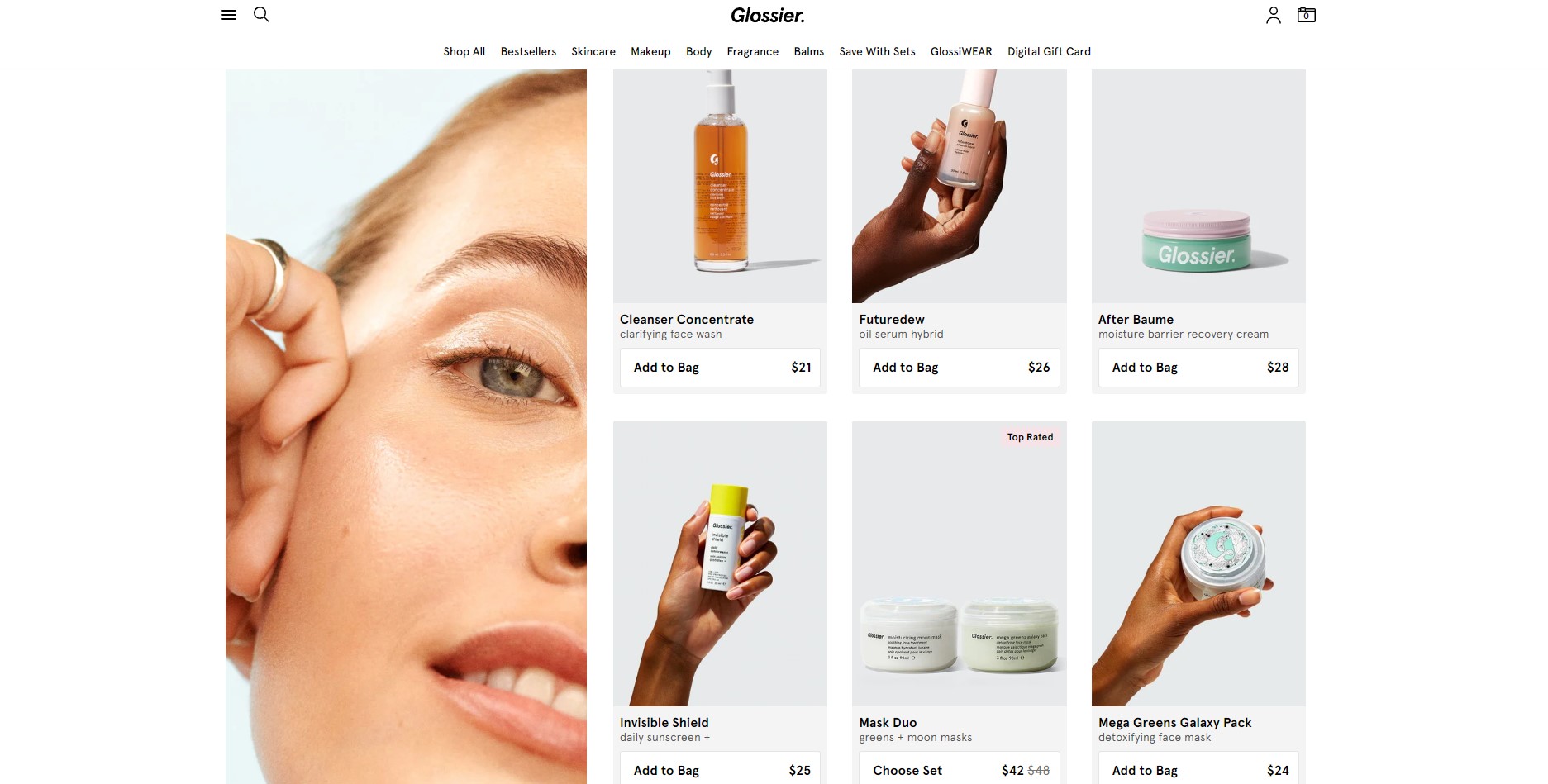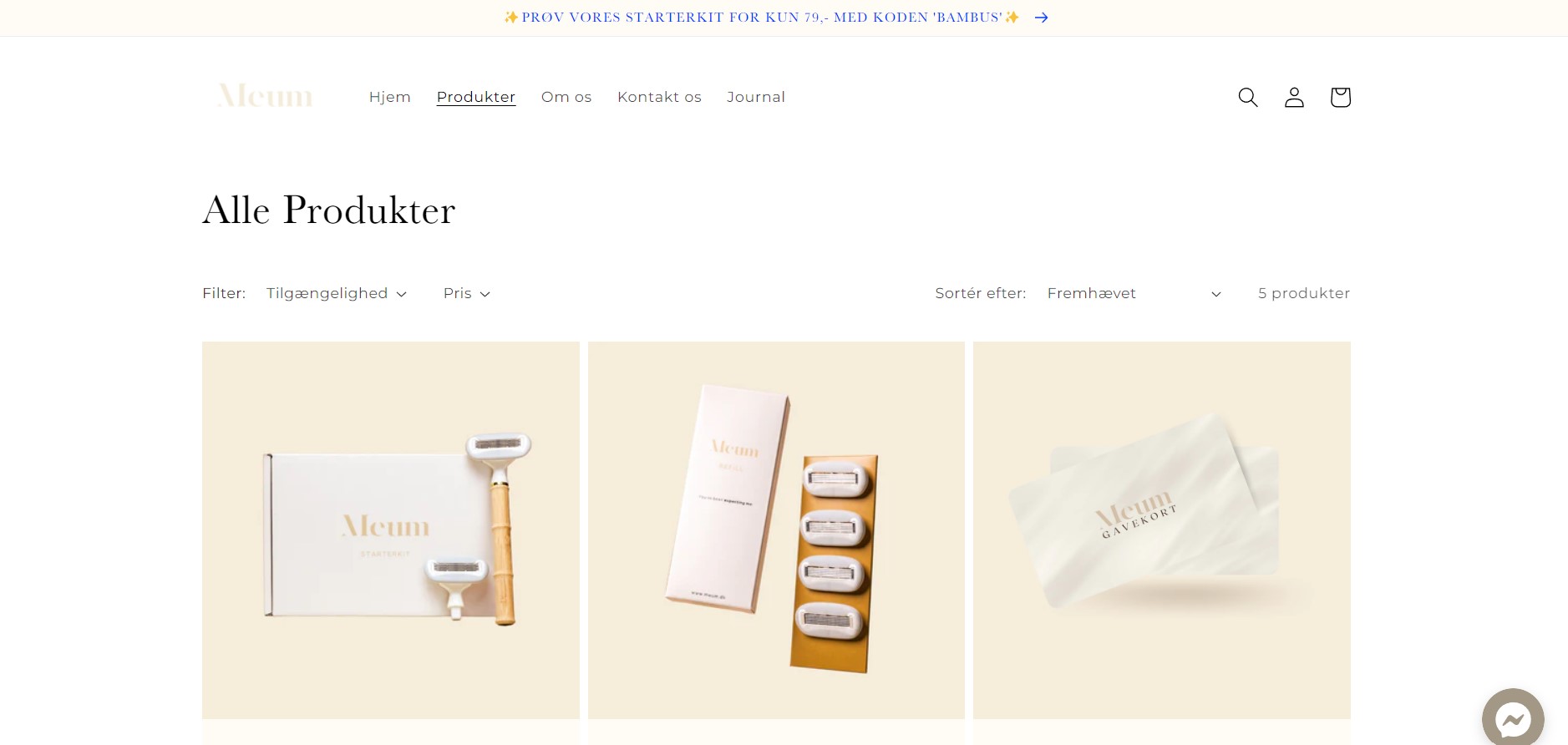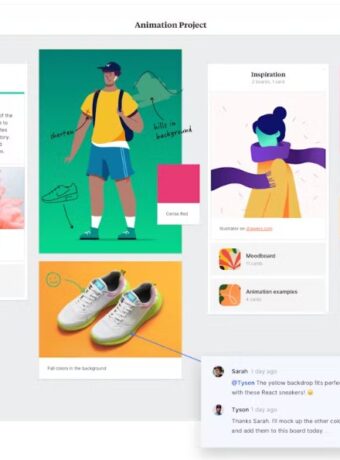How To Create A Feminine Branding
Feminine branding refers to the use of design, messaging, and visual cues that are traditionally associated with femininity in order to create a brand identity that appeals to women.

Feminine branding can include elements such as soft colors, floral patterns, curvy typography, and images of women, among other things. Brands that use feminine branding often seek to create a sense of warmth, comfort, and approachability in order to connect with their target audience of women.
How to execute feminine branding?
Executing feminine branding requires a thoughtful and strategic approach. Here are some steps businesses can take to effectively execute a feminine branding strategy:
- Understand your target audience: In order to effectively use feminine branding, businesses must first understand their target audience and their preferences. Conducting market research, analyzing customer data, and understanding consumer trends can help businesses better understand their target audience and tailor their branding strategy accordingly.
- Define your brand personality: Feminine branding can take many forms, so it’s important to define your brand personality and messaging in a way that aligns with your target audience and business goals. Consider factors such as tone of voice, visual style, and messaging that can help differentiate your brand from competitors and create a unique brand identity.
- Use design elements that convey femininity: Design elements such as soft colors, curvy lines, floral patterns, and feminine typography can help convey a sense of femininity and create a visual identity that resonates with a predominantly female audience.
- Be consistent: Consistency is key when it comes to branding. Ensure that all aspects of your branding, from your website to your packaging, use consistent design elements and messaging in order to create a cohesive and recognizable brand identity.
- Focus on the emotional connection: Feminine branding is often about creating an emotional connection with your target audience. Use storytelling and messaging that speaks to your audience’s interests, desires, and values in order to create an emotional connection and build a sense of brand loyalty.
- Continuously evolve: As consumer preferences and trends change over time, it’s important to continuously evolve your branding strategy in order to remain relevant and resonant with your target audience.
Overall, executing a feminine branding strategy requires a deep understanding of your target audience, a clear brand personality and messaging, consistent design elements, and a focus on creating an emotional connection with your audience.

The benefits of using feminine branding
Feminine branding is characterized by soft and elegant design elements, warm and approachable messaging, and a focus on emotional connection and empathy.
While it may seem like feminine branding is only appropriate for certain industries or audiences, it can actually have a wide range of benefits for businesses of all types. Let’s explore some of the key benefits of using feminine branding and how it can help businesses stand out, build relationships with customers, and achieve their goals.
Targeting a specific audience
Feminine branding can help businesses target a specific audience, particularly women. By using design elements, colors, and messaging that appeal to women, businesses can create a stronger connection with this audience and increase the likelihood of building a loyal customer base.
Creating an emotional connection
Feminine branding can create an emotional connection with customers by emphasizing values such as empathy, nurturing, and emotional connection. This can lead to a stronger relationship with customers, increased brand loyalty, and higher levels of engagement.
Differentiating from competitors
Feminine branding can help businesses stand out from their competitors by creating a unique brand identity that sets them apart. By using design elements, colors, and messaging that are different from other brands in their industry, businesses can create a distinctive brand that customers are more likely to remember and engage with.
Conveying luxury and elegance
Feminine branding can convey a sense of luxury, elegance, and sophistication. By using design elements, colors, and messaging that are associated with these qualities, businesses can position themselves as high-end brands and charge premium prices for their products and services.
Creating a welcoming environment
Feminine branding can create a welcoming environment that is inviting and comfortable for customers. By using design elements, colors, and messaging that create a sense of warmth and approachability, businesses can make customers feel more comfortable and more likely to engage with their brand.
Feminine branding can help businesses create a unique brand identity, build a strong emotional connection with their customers, and differentiate themselves from their competitors.
Is feminine branding only for women?
Feminine branding is often associated with products and services that are marketed to women, but it is not exclusively for women.
While it is true that feminine branding often uses design elements, colors, and messaging that traditionally appeal to women, it can also be used to appeal to a broader audience that values characteristics such as empathy, compassion, and emotional connection.
For example, a brand that offers health and wellness products or services may use feminine branding to create a sense of calm and relaxation, even if its target audience includes both men and women. Similarly, a brand that sells clothing or accessories may use feminine branding to convey a sense of style and fashionability, regardless of whether its target audience is exclusively female.
The effectiveness of feminine branding depends on how well it resonates with a brand’s target audience, regardless of gender. While feminine branding is often associated with women, it can be used to appeal to anyone who values the qualities that are traditionally associated with femininity.
So, can a business with a male target audience use feminine branding?
Yes, a business with a male target audience can use feminine branding, although it may require careful consideration and execution.
While feminine branding is often associated with products and services marketed to women, it can also appeal to men who value qualities such as sensitivity, empathy, and emotional connection. For example, a brand that sells men’s skincare products may use feminine branding to create a sense of elegance and luxury, even though its target audience is male. Similarly, a brand that offers men’s yoga classes or wellness retreats may use feminine branding to create a sense of calm and relaxation.
However, it’s important to note that using feminine branding to appeal to a male audience can be a delicate balancing act. The branding needs to be executed in a way that feels authentic and relevant to the target audience, without reinforcing gender stereotypes or alienating other potential customers. Ultimately, the success of a feminine branding strategy aimed at a male audience will depend on how well it resonates with the brand’s target market.
What type of businesses should use feminine branding
Feminine branding can be a good fit for businesses that primarily cater to women, or that seek to appeal to a predominantly female audience.
Some examples of businesses that might benefit from feminine branding include:
Beauty and skincare companies
These types of businesses often use feminine branding to create a sense of elegance and luxury and to appeal to women who are interested in looking and feeling their best.
Fashion and clothing companies
Brands that sell clothing or accessories for women often use feminine branding to convey a sense of style and fashionability and to create a sense of community among their target audience.
Home and lifestyle companies
Brands that sell products for the home, such as bedding, furniture, or decor, often use feminine branding to create a sense of comfort and coziness and to appeal to women who are interested in creating a warm and welcoming living space.
Health and wellness companies
Businesses that offer health and wellness products or services, such as yoga studios, gyms, or wellness retreats, often use feminine branding to create a sense of calm and relaxation and to appeal to women who prioritize self-care and self-improvement.
However, it’s worth noting that not all businesses that cater to women use feminine branding and that the most effective branding strategy will depend on a variety of factors, including the target audience, the product or service being offered, and the competitive landscape.
Ultimately, businesses should choose a branding approach that best aligns with their values and resonates with their target audience.
Why are these types of businesses suitable for feminine branding?
These companies use feminine branding for a few reasons:
- Appeal to their target audience: Since women are often the primary consumers of products and services offered by these types of companies, using feminine branding can help create a strong connection with their target audience, and appeal to their interests and preferences.
- Create an emotional connection: By using feminine branding, companies can create an emotional connection with their audience, evoking feelings of warmth, comfort, and relaxation, which can lead to increased customer loyalty and engagement.
- Differentiate from competitors: Since many of these industries are crowded with competitors, using feminine branding can help companies stand out and differentiate themselves in a crowded marketplace.
- Convey a sense of quality and luxury: Feminine branding can also help convey a sense of quality and luxury, which is particularly important for companies that sell premium or high-end products and services, such as luxury skincare or fashion brands.
Overall, feminine branding can be an effective way for these types of businesses to build a strong brand identity, connect with their target audience, and differentiate themselves in a competitive marketplace.
Examples of feminine branding
Here are some examples of businesses that have feminine branding:
Victoria’s Secret: This lingerie and women’s clothing brand is well-known for its pink and feminine branding, which includes the signature Victoria’s Secret pink color.

Mary Kay: This cosmetics and skincare company is known for its pink packaging and feminine branding, which includes the company’s iconic Mary Kay pink Cadillac.
Kate Spade: This fashion brand is known for its playful and feminine designs, which are often characterized by bright colors, polka dots, and floral patterns.
Glossier: This cosmetics and skincare brand is known for its minimalist packaging and feminine branding, which includes soft pink tones and whimsical illustrations.

The potential drawbacks of using feminine branding
While feminine branding can be a powerful tool for businesses looking to create an emotional connection with their customers and stand out in a crowded marketplace, it’s not without its potential drawbacks.
Here you see some of the potential drawbacks of using feminine branding, and what businesses can do to avoid them. By understanding the potential risks and pitfalls of feminine branding, businesses can make informed decisions about their branding strategy and create a strong, effective brand that resonates with their target audience.
- Limiting the target audience: While feminine branding can be effective for targeting women, it may not be as effective for reaching men or other audiences. This can limit the potential reach of the brand and may make it difficult to expand the customer base.
- Reinforcing gender stereotypes: Some people may view feminine branding as reinforcing gender stereotypes by using design elements, colors, and messaging that are traditionally associated with women. This can be seen as limiting or exclusionary to some customers and may lead to negative perceptions of the brand.
- Creating a disconnect with the product or service: If the feminine branding is too strong or doesn’t align with the product or service being offered, it can create a disconnect with customers. This can make it difficult for customers to understand what the brand represents and may lead to confusion or disinterest.
- Being too similar to competitors: If many brands in a particular industry are using feminine branding, it may be difficult for a new brand to stand out and differentiate itself. This can make it challenging to build a unique brand identity and gain traction in the marketplace.
- Potentially limiting creativity: Depending on how the feminine branding is executed, it may limit the creativity of the brand or design team. This can make it difficult to create a unique and memorable brand identity that stands out from competitors.
Overall, while feminine branding can be effective for certain businesses and audiences, it’s important to consider the potential drawbacks and ensure that the branding strategy aligns with the goals and values of the brand.
FAQ about feminine branding
How can I create a distinctive feminine brand without relying on stereotypes?
To create a distinctive feminine brand without relying on stereotypes, focus on understanding your target audience’s values, preferences, and aspirations.
Develop a brand personality that reflects these aspects, while also considering color palettes, typography, and imagery that go beyond traditional feminine symbols. Use storytelling to connect with your audience and create an emotional bond, highlighting the unique aspects of your brand that set it apart from competitors.
How can I ensure that my feminine branding doesn’t alienate male customers?
To ensure that your feminine branding doesn’t alienate male customers, aim for a balanced approach.
While it’s essential to cater to your primary target audience, consider using more inclusive design elements and messaging that resonate with a broader audience. Avoid overly gendered language and visuals, and focus on the core values and benefits of your product or service that would appeal to both genders.
How can I measure the success of my feminine branding efforts?
Measuring the success of your feminine branding efforts can be done through a combination of qualitative and quantitative methods.
Track metrics like brand awareness, customer engagement, and conversion rates, and analyze your target audience’s response to your branding on social media, website, and other marketing channels. Additionally, conduct customer surveys or focus groups to gather feedback about your brand perception, and use this information to refine your branding strategy over time.
How does feminine branding compare to other types of branding, such as masculine or neutral branding?
Feminine branding is just one approach to branding, and it’s important to consider how it compares to other types of branding, such as masculine or neutral branding. Here are a few key differences between these approaches:
Design elements
Feminine branding tends to use soft, rounded shapes, pastel colors, and floral or nature-inspired designs. Masculine branding, on the other hand, often uses angular shapes, bold colors, and geometric designs. Neutral branding may use more subdued colors and simpler design elements.
Messaging
Feminine branding often emphasizes emotional connection, empathy, and nurturing. Masculine branding may emphasize strength, power, and achievement. Neutral branding may focus more on functionality and practicality.
Target audience
Feminine branding is often used to target women or people who value qualities traditionally associated with femininity, such as warmth, compassion, and creativity. Masculine branding may be used to target men or people who value qualities traditionally associated with masculinity, such as strength, leadership, and competitiveness. Neutral branding may be used to target a wider range of audiences.
Industry trends
Different industries may have different trends when it comes to branding. For example, the beauty and fashion industries may use more feminine branding, while industries like technology and finance may use more neutral or masculine branding.
The choice of branding approach depends on a number of factors, including the goals of the business, the target audience, and the industry trends. By understanding the differences between feminine, masculine, and neutral branding, businesses can make informed decisions about their branding strategy and create a brand that resonates with their customers.
Always measure the effectiveness of your feminine branding strategy
- Brand awareness: Track the increase in brand awareness among the target audience. This can be done through social media engagement, website traffic, and search engine rankings.
- Sales: Monitor the sales growth and revenue generated as a result of the branding strategy. Compare the sales data before and after implementing the strategy to determine its effectiveness.
- Customer engagement: Evaluate customer feedback and engagement through customer satisfaction surveys and online reviews. This can provide insight into how the target audience perceives the brand and its messaging.
- Brand recognition: Track the increase in brand recognition and recall through market research and customer surveys. This can help determine if the branding strategy is resonating with the target audience and if the brand is memorable.
- Social media metrics: Monitor the social media metrics, such as engagement rate, click-through rate, and follower growth, to determine the effectiveness of the branding strategy on social media platforms.
Overall, the effectiveness of a feminine branding strategy can be evaluated through various metrics, depending on the specific goals and objectives of the strategy. By analyzing the data and adjusting the strategy accordingly, a business can improve the effectiveness of their branding efforts and continue to attract and retain their target audience.
Learn more about different visual branding personalities
Group 1- Brand Design 1: How To Brand a Youthful, Open, and Happy Business.
Group 3- Brand Design 3: How To Style an Earthy, Community-Focused Business
Group 4- Brand Design 4: How To Brand a High-End, Luxury Business

Last Updated on 12/04/2025 by Victoria Silber







